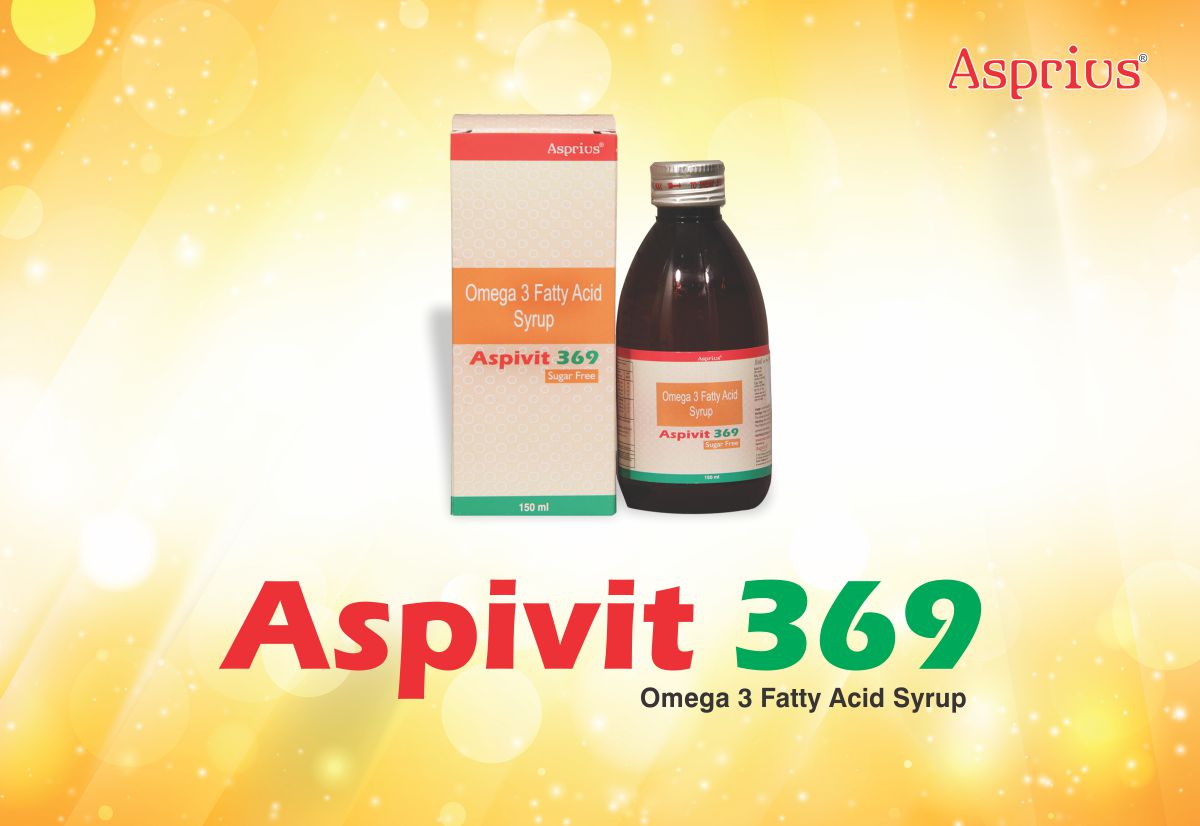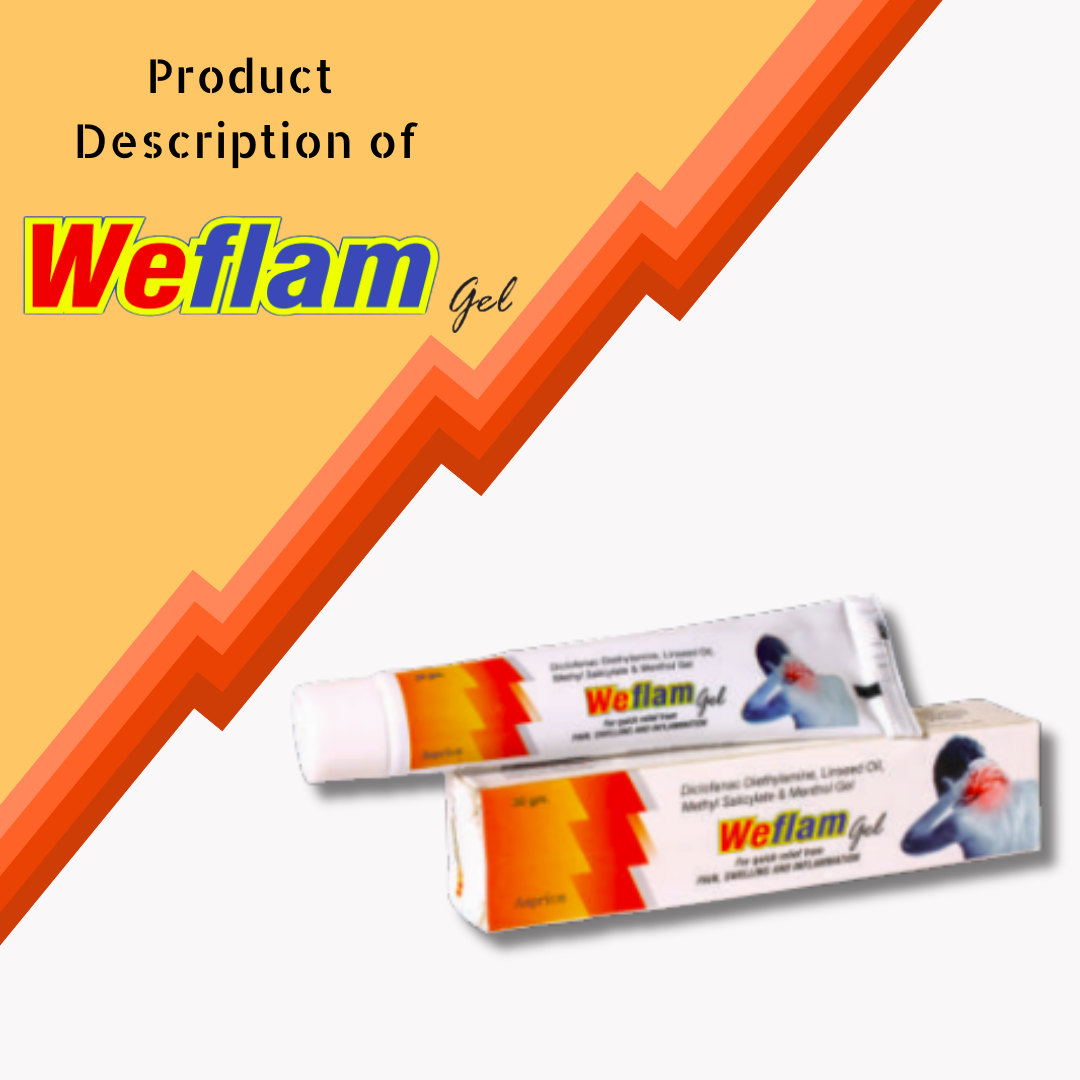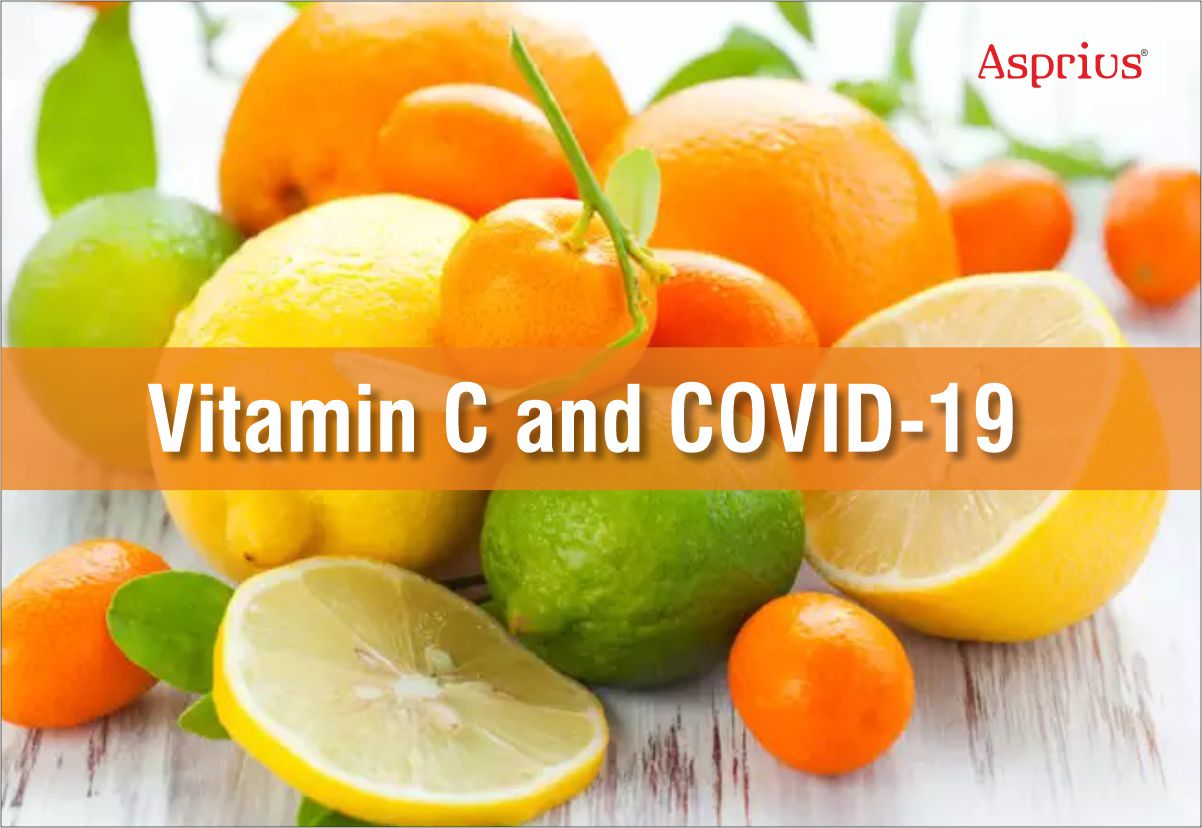
Dr. Sanjay Agrawal
Leading Pharmaceutical consultant and editor-in chief of IJMToday

Poly-unsaturated fatty acids (PUFA) are further sub-divided into omega-3 or 6 fatty acids. The word ‘Omega’ refers to the methyl end of the molecule, and the number following indicates the position of the double-bond closest to that end of the chain.
Functions of PUFA’s
- Poly-unsaturated fatty acids have three main functions in the body :
– Valuable source of energy
– Formation and maintenance of cell membranes
– Production of eicosanoids.
- Eicosanoids are highly active substances produced in the body and used to regulate and control levels of activity in different areas including hormones, heart and circulation, energy and inflammation. There are three different groups of eicosanoids, these being Prostaglandins, Thromboxanes and Leukotrienes.
Two specific PUFAs are classified as being essential to human life. These are :
- Linoleic acid, an Omega-6 fatty acid; and
- Alpha-linolenic acid, an Omega-3 fatty acid (or ɯ-3 fatty acid).
All other polyunsaturated fatty acids can be synthesized in the body by chemical reactions.
- Linoleic acid is converted firstly into Gamma linolenic acid (GLA – as found in evening primrose and borage oil) and then into a series of four other fatty acids culminating with Docosapentaenoic acid (DPA). This is known as the Linoleic acid pathway and all of the fatty acids in this sequence belong to the Omega-6 family.
- Alpha-linolenic acid converts into a further five fatty acids, of which the third and fifth in sequence are Eicosapentaenoic acid (EPA) and Docosahexaenoic acid (DHA), both of which are found in high levels in fish oils.
- Prostaglandins are further split into three different series, numbered 1, 2 and 3. Series 1 & 3 are generally anti-inflammatory whilst Series 2 prostaglandins tend to increase inflammation in body tissue.
- Prostaglandin Series 1 and 2 are formed from Omega-6 fatty acids and Series 3 Prostaglandins are produced from fatty acids in the Omega-3 family as found in the Alpha-linolenic acid pathway. Unless these essential fatty acids are present in sufficient quantities and in the right balance and proportions, the prostaglandins and other eicosanoids necessary for normal body function cannot be produced and impaired health is inevitable.
- Historically, our diet would have naturally provided a wide range of fatty acids from a variety of foods including nuts, seeds, grains, fruits and wild fish and meat. Centuries ago the traditional diet provided a ratio of between 4:1 and 6:1 in favour of Omega-6 fatty acids. By contrast, an average diet today provides much higher intakes of saturated fats and refined sugars, and the balance of PUFA’s has shifted to 20:1 or more in favour of Omega-6’s. This explains the increasing incidence of health problems such as cardiovascular disease, inflammatory conditions, skin diseases, poor pregnancy outcomes and hormone related problems.
- When we look at the balance of ɯ-6 and ɯ-3 in body tissues we find that in the brain it is 1:1, in body fat it is 5:1 and in other body tissue it is 4:1.
- It is not easy to achieve the right balance of fatty acids in the diet given the changes in food patterns today and thus we are deficient of omega-3 fatty acids. The only rich sources of ɯ-3 fatty acids in the diet are oily fish and that too unprocessed. Even so, few of us would consider eating fish at least once a day even to ensure a constant supply of these essential nutrients.
- Polyunsaturated fatty acids are components of the phospholipids that form the structures of the cell membranes and also serve as energy source.
- They form eicosanoids which are important signalling molecules with wide-ranging functions in the body’s cardiovascular, pulmonary, immune and endocrine systems.
- Docosahexaenoic acid tends to exist in high concentrations in the retina, brain, and
- ALA, and EPA +DHA are metabolized and oxidized in the liver, which is the site of biosynthesis of ɯ-3 fatty acid intermediates, synthesizing very low density lipoprotein (VLDL) that transport fatty acids in the plasma to tissues.
- Major enzymes that generate lipid signalling molecules from ALA, and EPA+ DHA are lipoxygenases and cyclooxygenase.
- After ingestion, dietary lipids are hydrolyzed in the intestinal lumen. The hydrolysis products—monoglycerides and free fatty acids—are then incorporated into bile-salt– containing micelles and absorbed into enterocytes, largely by passive diffusion. The absorption rate is about 95%. Within intestinal cells, free fatty acids are primarily incorporated into chylomicrons and enter the circulation via the lymphatic system where they are delivered to various tissues for metabolism, oxidation and storage.
- Omega-3 fatty acids are considered essentials as they are necessary for human health but can’t be synthesized by body itself.
- So, external sources like fish, plants, and nut oils are the primary dietary source of omega-3 fatty acids. Eicosapentaenoic acid (EPA) and docosahexaenoic acid (DHA) are found in cold-water fish such as salmon, mackerel, halibut, sardines, tuna, and herring.
- ALA is found in flaxseeds, flaxseed oil, canola (rapeseed) oil, soybeans, soybean oil, pumpkin seeds, pumpkin seed oil, purslane, perilla seed oil, walnuts, and walnut oil. Other sources of omega-3 fatty acids include sea life such as krill and algae.
- Children under six, as well as women who are pregnant or planning to become pregnant, are the most vulnerable to mercury’s harmful effects. They should restrict or eliminate certain fish from their diet, including ahi or bigeye tuna, tilefish, sword fish, shark, king mackerel, marlin, orange roughy and fish caught in any waters that are subject to a mercury advisory. Women with elevated mercury levels should ideally begin avoiding or restricting their consumption of mercury-laden fish as much as a year before they become pregnant.




